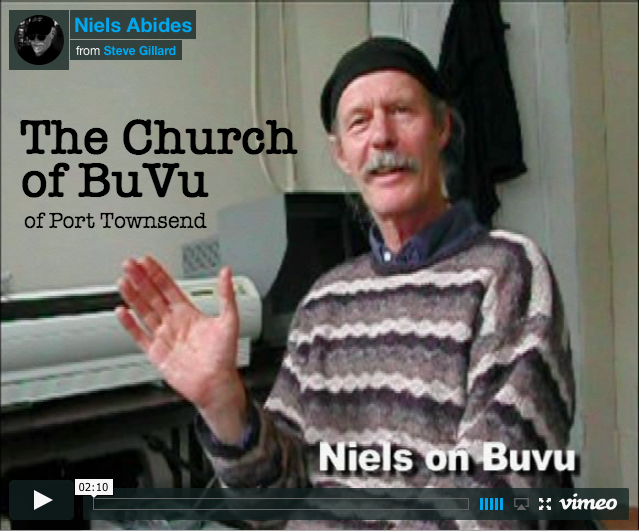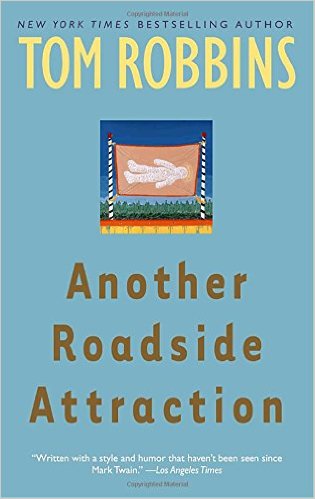This is why I am so enamored of Tom Robbins’ novels: The outrageous, gorgeous, METAPHORS. E.g. this exchange between two of the principal characters in “Another Roadside Attraction,” TR’s first novel. John Paul Ziller has just asked his new bride, Amanda, about her Catholic School experience. She replies:
“There is an insect called the hunting wasp. The female hunts for spiders and other insects and preys on them in an unusual way. She stings them in the large nerve ganglion on the underside of the thorax so that they are not killed but only paralyzed. She then lays an egg on the paralyzed victim (or within its body) and seals the prey up in a nest. When the egg hatches, the wasp larva commences to eat the prey, slowly, gradually, in a highly systemized way. The nonvital tissues and organs are eaten first, so that the paralyzed creature remains alive for a good many days. Eventually, of course, its guest eats away so much of it that it dies. During the whole long process of consumption, the prey cannot move, cry out or resist in any way.
“Now, suppose we view the Church as the hunting wasp, its stinger being represented by the nuns and priests who teach in its schools. And let us view the pupils as the paralyzed prey. The egg that is injected into them is the dogma, which in time must hatch into a larva – personal philosophy or religious attitude. This larva, as that of the wasp, eats away from within, slowly and in a specialized manner, until the victim is destroyed. That is my impression of parochial education.”
In a typical Amandan spasm of fair play, she called to John Paul as she went upstairs to bathe the baby, “Public secular education is only a little less thorough in its methods and only a little less deadly in its results.”
Whether you agree or disagree, in whole or in part, mildly or vehemently: Tom sure gives you something to think about.
Cheers,
BuFoon Steve Gillard

